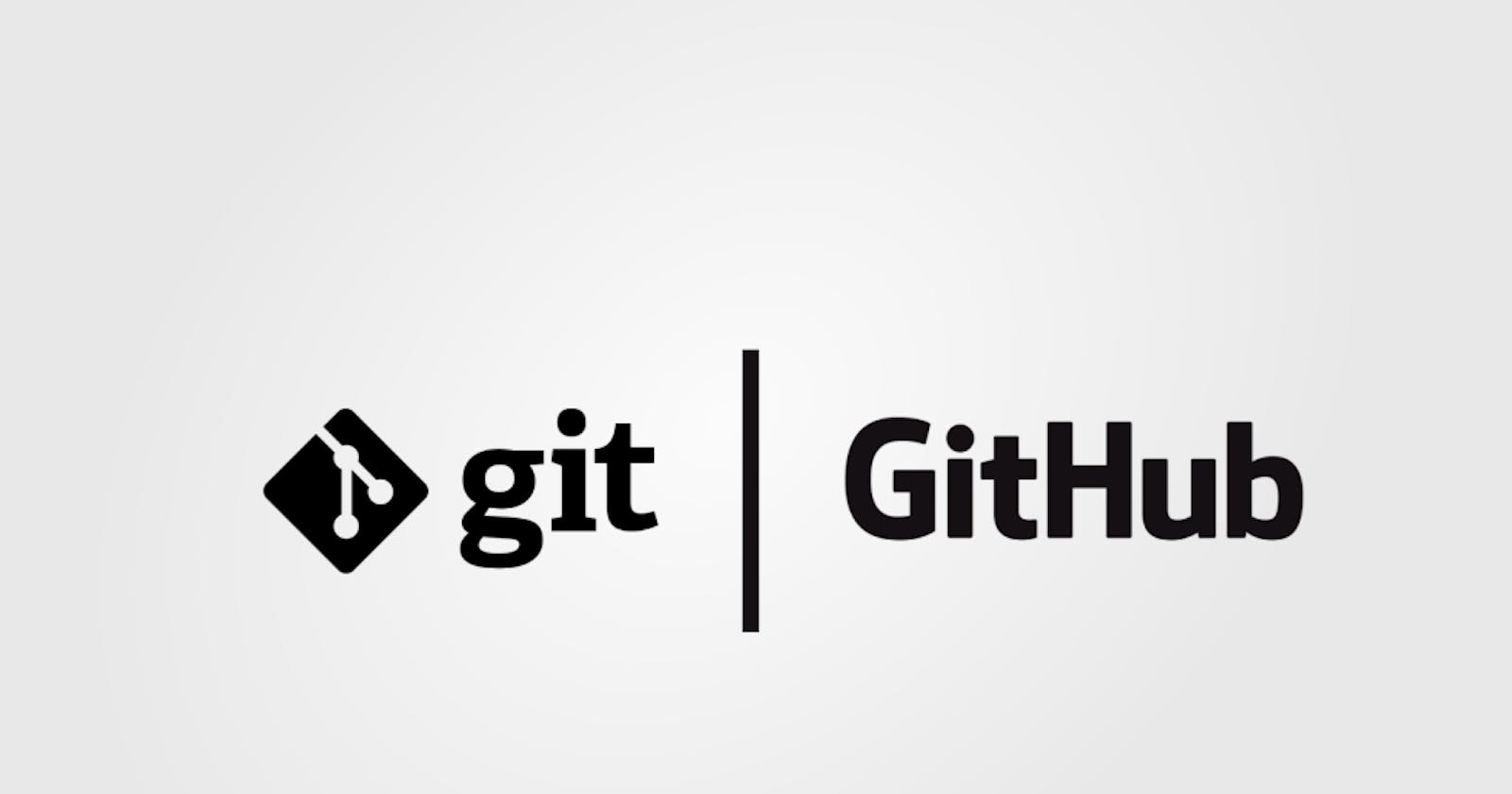Git is a version control system that is widely used in the software development industry. It allows developers to track changes to their codebase and collaborate with others on projects. As a senior software engineer, it's essential to be proficient in using Git in your workflow. Here are some tips on how to work with Git like a senior software engineer.
Use branches
One of the key features of Git is the ability to work with branches. A branch is a separate line of development that allows you to work on new features or fixes without affecting the main codebase. This is useful for experimentation and for keeping the main codebase stable while working on new features.
As a senior software engineer, you should be familiar with branching strategies and know how to use branches effectively in your workflow. For example, you might use a feature branch workflow, where you create a new branch for each new feature you are working on. Once the feature is complete, you can merge the feature branch back into the main branch.
Here's an example of how to create a new branch in Git:
git checkout -b new-feature
This command creates a new branch called new-feature and switches to it. You can then make changes to the codebase and commit them to the new branch.
Use version control best practices
It's important to follow best practices when using version control, such as committing frequently, writing descriptive commit messages, and using pull requests to review code changes.
Committing frequently allows you to save your progress as you work on a feature or bug fix. This makes it easier to revert back to a previous version if something goes wrong. It's also a good idea to write descriptive commit messages that clearly explain the changes made in each commit. This makes it easier for others to understand the history of the codebase and why certain changes were made.
Pull requests are a way to review code changes before they are merged into the main codebase. They allow other team members to review your code and give feedback, which can help catch bugs or identify potential issues before they are merged. As a senior software engineer, it's important to review pull requests from others and give constructive feedback.
Understand Git commands
Knowing how to use Git commands such as commit, push, pull, merge, and rebase is essential for working with Git effectively.
The commit command is used to save changes to the local repository. For example, to commit changes with a message, you can use the following command:
git commit -m "Commit message"
The push command is used to send your commits to a remote repository, such as a GitHub repository. For example, to push your commits to the main branch of a remote repository called origin, you can use the following command:
git push origin main
The pull command is used to fetch and merge changes from a remote repository. For example, to pull the latest changes from the main branch of a remote repository called origin, you can use the following command:
git pull origin main
The merge command is used to merge one branch into another. For example, to merge the new-feature branch into the main branch, you can use the following command:
git merge new-feature
The rebase command is used to apply the changes from one branch onto another. This can be useful for cleaning up the commit history and avoiding merge commits. For example, to rebase the new-feature branch onto the main branch, you can use the following command:
git rebase main
Use a Git GUI
While it's important to know how to use Git from the command line, a graphical user interface (GUI) can also be useful for visualizing and interacting with your Git repository. Git GUI clients such as GitKraken or SourceTree provide a visual representation of your repository and allow you to perform Git actions through a graphical interface.
Using a Git GUI can be helpful for beginners or for those who prefer a more visual approach to version control. As a senior software engineer, it's important to be proficient in using both the command line and a Git GUI.
Collaborate with others
As a senior software engineer, you'll likely be working with a team of developers on a project. It's important to know how to collaborate with others using Git, such as how to resolve merge conflicts and how to work with remote repositories.
A merge conflict occurs when two branches have changes that cannot be automatically merged. For example, if two people edit the same line of code in different branches, Git will not be able to automatically merge the changes. In this case, you'll need to manually resolve the conflict by deciding which changes to keep or by manually merging the changes.
To work with a remote repository, you'll need to add it to your local repository using the git remote command. For example, to add a remote repository called origin, you can use the following command:
git remote add origin https://github.com/user/repo.git
You can then use the git push and git pull commands to push and pull changes to and from the remote repository.
By following these tips and continually learning and improving your Git skills, you can become proficient in using Git as a senior software engineer. It's also important to stay up to date with the latest Git features and best practices to ensure that you are using Git effectively in your workflow.

